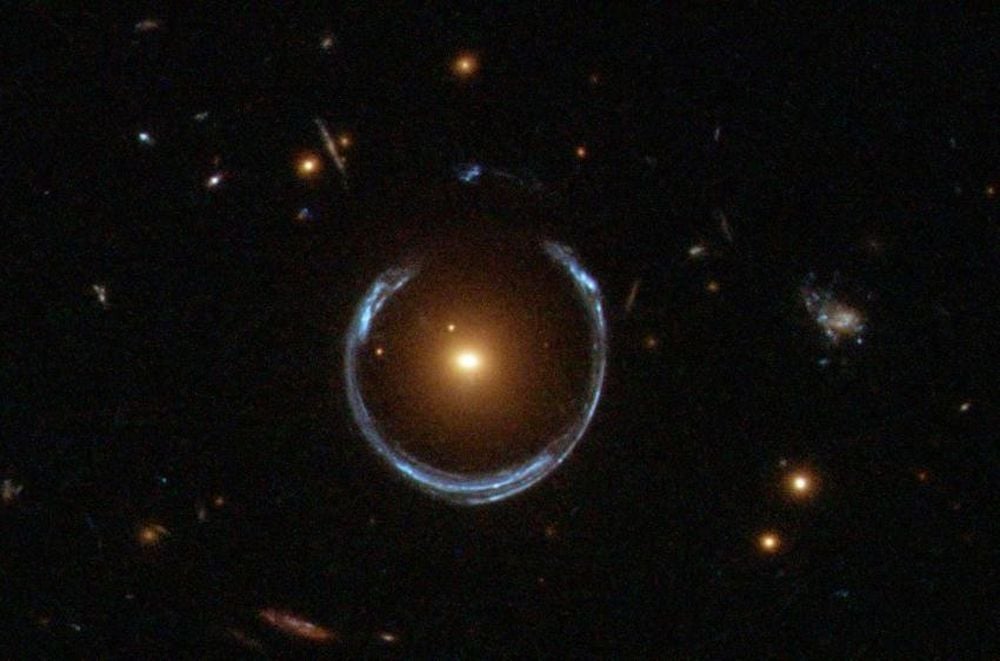
Astronomers from Brazil and the UK have detected what could be the most massive black hole ever found. It's about 36 billion solar masses, which is a stunning 10,000 times more massive than Sagittarius A*, the monstrous supermassive black hole at the heart of the Milky Way. This behemoth is about 5 billion light-years away.
No comments:
Post a Comment